Sometimes, you wonder if some things could tell stories, what they might say. After explaining some of my laptops quarks to Sidney a few months ago, he suggested I write a story.
It was a fairly mild May day, May 23rd to be exact. The model iBook had been out for approximately a month when an Army solider decided to purchase his first Mac. He customized it to have 512MB of RAM and even opted for the Bluetooth wireless option. At the cost of approximately $1,200 it was a very respectable system- including AppleCare! After treating it like his baby, a little more than 2 months of owning it, he found out his was deployed to Iraq. Understanding that the computer wouldn’t get used very much while he was gone, he decided to sell it on eBay.
I was a sophomore in high school at the point, and was in the market for a new computer. After my iMac G3 was damaged by lightning in a recent storm, I wanted to get a laptop. The decision to get a new computer, as WWDC had recently taken place did require some thought into the future. I knew that I couldn’t stand another two years with my aging iMac G3, that I would have to live through the transition- I knew I would be getting a new computer by the end of my senior year. I originally thought to get a brand new computer from the Apple Store online, but had a whim to go on eBay and see if I couldn’t fetch a better deal there.
After much searching, I stumbled upon a few auctions that fit my needs. Being a good eBay buyer, I closely monitored the activity with these (three or so) auctions- looking for the right time to snatch my deal. Behold my connection with the Army solider. I won the auction, paying about $900 with shipping. I was amazed- I got a computer worth more than $1,200 retail at the time at a discount of almost $300. Not only did I save money, but I saved a computer from going to waste.
The seller was extremely nice, and sent me an email wishing me good luck with the computer, and to take care of it- because he would miss it. I tried contacting him upon compiling this story, but haven’t yet received a response. Not only have I taken care of this computer, I have put it to good use. I almost see it as a physical representation of my high school career- it has been with me for these past 4 years reliably and has seen a lot.
I couldn’t even begin to count the miles I have put on it- but I can estimate that it is at least 10,000. Where did I get this number? Well, in the past 4 years, I’ve taken my laptop with me to Amsterdam, San Francisco, Denver, Florida, Canada, North Carolina, St. Louis, Atlanta- to name a few. In fact, I’m writing this story on it currently en-route to Hartford, Connecticut. I also have been in and out of New York City, New York State, Connecticut, Massachusetts on a monthly basis. I bring my laptop with me virtually everywhere- from trips to the Diner with my family, to the mall, friends houses and often to school. Even with the excessive amount of traveling and milage put on it, it has stood up well.
Stood up well… for the most part: It has made a few trips to the repair center, for numerous issues, nothing too serious. I have had the battery replaced, new bottom case installed, gone through more rubber ‘feet’ than I can care to remember, had the hard drive swapped out and the bezel changed. Otherwise, my computer (which is now out of AppleCare) has remained solid. Even through in this time of Intel processors ‘screaming’, the G4 has kept me running fairly well- I’ve been on Leopard since it came out, and besides intensive media work (mainly Final Cut, or rendering of any kind) it can keep me up to speed. Sadly, I have to admit that even with my love for it, I will have to replace it with a new MacBook Pro for college in June. I won’t abandon it- it will stick with me and I will never forget the service it has given me.
I would be interested- what is the story behind your computer? Let us know!

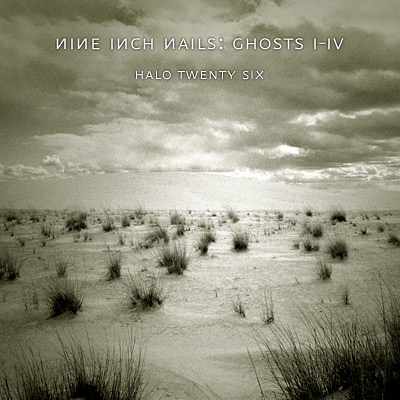
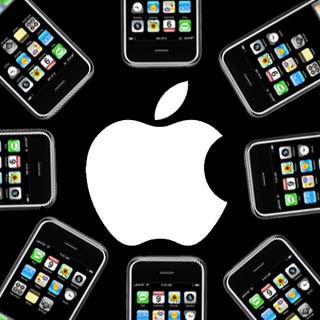
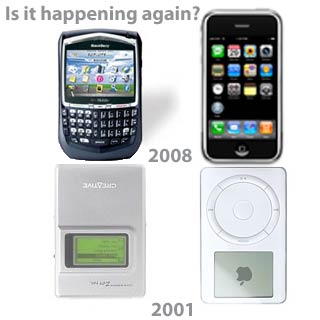
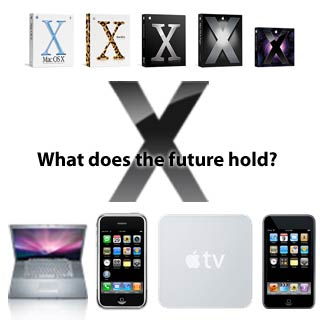
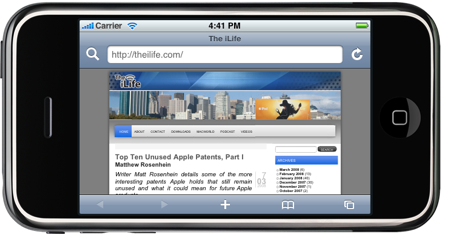


 RSS 2.0
RSS 2.0